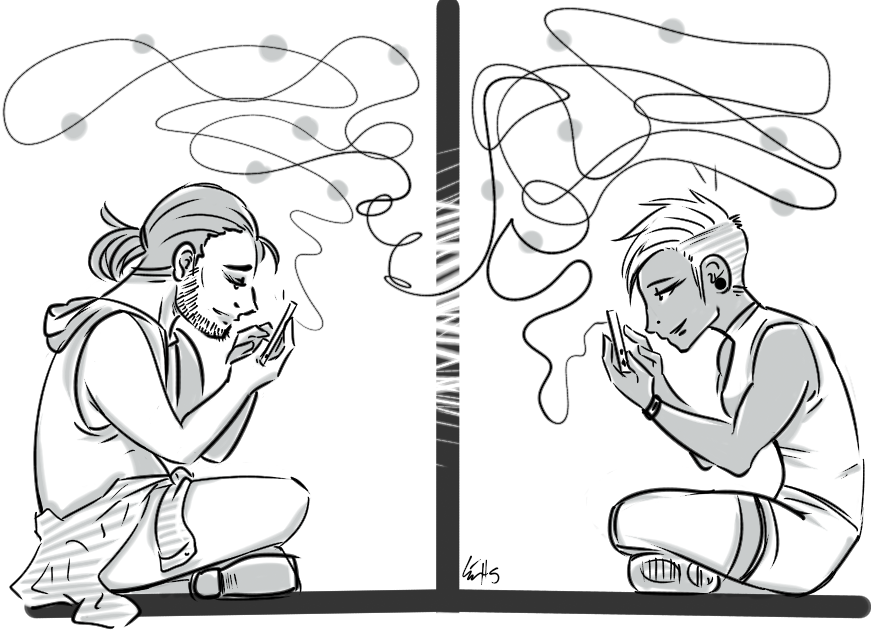It can be pretty draining to look at social media these days. Facebook has become a land of irrelevancy. Twitter is a haven for pessimists and the cynical. Instagram users display only the enjoyable moments of their lives, conflating 0.1 percent of perfection into a life of paradise.
If you’re like me, you probably consider deleting all forms of social media and never turning back on a regular basis. After all, social media outlets can take quite a discouraging toll on my opinion of humanity, leaving me irritated with all of the world’s phonies à la Holden Caulfield. But don’t lose hope; there are a few social media pages that actually are doing some good and preventing me from giving up on the world altogether.
One of these is called “Humans of New York.” Most people who spend a good amount of time online have heard of it. This popular page can be found on Facebook, Twitter and Instagram. HONY is the product of Brandon Stanton, a photographer who takes pictures of people in New York City and interviews them during the process. At almost 12 million Facebook likes, Stanton is obviously doing something right.
On the social media pages, Stanton posts pictures with stories these New Yorkers have shared with him. Some of the stories are funny and offer encouragement. On the other hand, some express heartache and painful memories. All of the stories are real, and in most cases the accompanying images are equally as powerful, funny or encouraging. This style of publication offers a great look at the varying perspectives about the human experience.
It might sound surprising, at first, that what seems like such an odd idea would become so popular. These people are common, everyday New York citizens, yet the public is fascinated by the short profiles of their lives. It is equally surprising that what is considered a positive project would receive so much attention by our negativity-obsessed society. But people love the page and it continues to grow.
The truth is: We are drawn to these stories because we get them. We can relate to a lot of them, and others we try hard to understand. Hearing stories of ordinary, and sometimes extraordinary, people sends the message that each person’s story matters— a message that we could all benefit from every now and then. Even when the stories are heartbreaking, they can offer encouragement to an individual who realizes they are not alone and can then say, “Me too. I’ve felt that.”
The project has offered a platform to expose the public to pieces of real life experiences and provides the opportunity to practice empathizing with them. This is no small thing. When we see stories of people who maybe are different from us, or who have experienced things that we have not, and we see their pictures right there too, it makes it harder to generalize, dehumanize and not empathize. It doesn’t make it impossible though; unfortunately, there are a lot of disrespectful comments made on the pictures, but the project is a step in the right direction.
Social media has become a place of barriers and negativity. Too often the social media-self is not a real representation of who someone is. There is pressure to display the best you, to argue unkindly and to put people down. But remember that not all social media is this way and it definitely does not have to be this way. Support the pages that are doing things that matter, un-follow the people who spread hate but maybe don’t give up on social media just yet.












